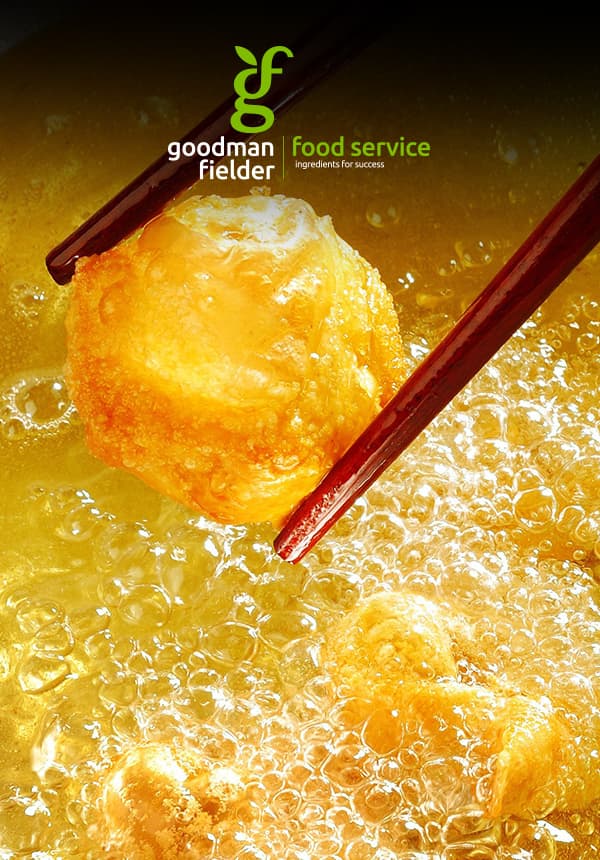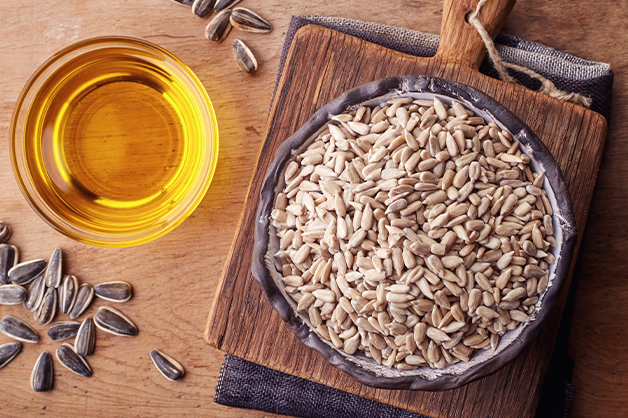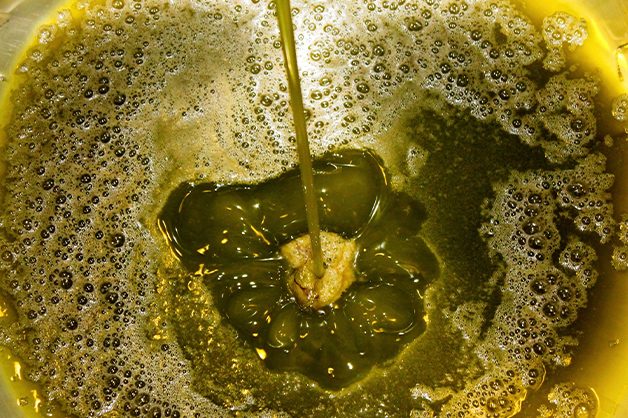What Is Vegetable Oil Used For
Australia is fortunate plenty to produce a range of natural oilseeds including canola seed, cottonseed, sunflower, soybean and modest quantities of safflower and linseed. And oilseeds are a major contributor to the Australian economic system through seed exports value added products.
Due to the high demand of Australian oilseeds, the industry reportedly produces around three million tonnes annually. And according to Australian Oilseeds, "Australia uses over 600,000 tonnes of oils fats [each yr] with the vast bulk utilised in edible applications."
And so, when thinking of vegetable oil – what exactly is information technology, how is it fabricated and why is it one of the almost bought, and used, oils in Australia? Vegetable oil is a grouping of fats that are derived from seeds, nuts, cereals grains and fruits and is commonly used to assistance with texture, comport season within a dish and to melt food.
Vegetable oil is commonly referring to plant based oils, often fabricated from canola, corn, palm, soybean or sunflower oils and in some cases be flavoured with dried or fresh herbs. Whereas, blended vegetable oil is a combination of plant based oils that have been created for a specific application and designed for maximum performance for the purpose.

Desire to know everything near your vegetable oil?
Download your own Vegetable Oil Guide today!
How seeds are transformed into vegetable oil:

Vegetable oils are created from the extraction of oils from plant materials. This process involves the crushing and removing of the unwanted components, which is typically accomplished through mechanical pressing.
Vegetable oil extraction can as well be completed past chemical extraction using a solvent. Solvent extraction is used to remove the remaining oil content in the compressed plant material. During this stride, the crushed plant materials are heated and mixed with hexane; a chemical that extracts the residual oil within the crushed goods.
Once the oil has been extracted, a procedure of purification takes places to remove any impurities that may nevertheless be present after the extraction process. This is an important footstep as these impurities can touch on the gustation, quality and clarity of the final oil product.
Refining is the final processing step when it comes to creating vegetable oil. The refining process removes whatever missed impurities and other remaining undesired constituents, through bleaching and deodorising steps.
During the bleaching component, the oil is heated and mixed with filter aids that absorb the colouring and other impurities found within the oil. One time this has been completed, the oil is heated under vacuum to 200 – 280 degrees Celsius – this step removes the remaining complimentary fatty acids and impurities.
Water is then introduced as steam, which then bubbles through the oil, carrying away any impurities. This pace is key to the manufacturing of vegetable oils and one time it has been completed, the oil is set for packaging.
Oils are commonly packaged into drums, as they are peculiarly designed to concur the liquid, too every bit protect it. Though, there are different formats of packaging depending on the oils cease-utilise purpose.
For the nutrient service industry, the type of packaging is of import equally it serves as a class of containment and protection for the oil product. Metal drums and pails are common in hospitality due to their ability to hold 20 litres and retain articulate product information, as required past mandatory labelling regulations.
Handbag-in-box is a relatively new oil packaging solution, which combines the stacking capability and storage convenience of cartons with the pouring ability of a pulsate. Plastic bottles are also usually used – these options are popular amongst chefs due to them being easy to hold and utilize, particularly when in a blitz in the kitchen.
What we have to offer when it comes to vegetable oils:

When it comes to oils, in that location are a number of different types on the market that are suited to dissimilar needs and wants in the kitchen. Whether you are after vegetable oil mix for specific or broad uses, such as deep or shallow frying, or equally ingredients or sauces there is an oil for every need.
The Crisco Vegetable Oil, ETA Sal-Fry Oil and ZENA Composite Vegetable Oil are perfect as a shallow frying oil, dressing, sauce or equally an added ingredient, while the famous ETA Ever-Fry Blended Vegetable Oil and ETA Mel-Fry Shortening are ideal when it comes to deep frying.
Want to know more than about our oils range – contact a representative today.
Download your own Vegetable Oil Guide and develop a thorough understanding of the ingredients you use throughout your kitchen.
What Is Vegetable Oil Used For,
Source: https://www.gffoodservice.com.au/idea/vegetable-oils-where-do-they-come-from/
Posted by: hargravesyounter1970.blogspot.com


0 Response to "What Is Vegetable Oil Used For"
Post a Comment